 Your new post is loading...
 Your new post is loading...

|
Scooped by
BigField GEG Tech
September 10, 12:40 PM
|
Edits create cells that don’t trigger an immune response, allowing implant recipient to forego immune-suppressing drugs.

|
Scooped by
BigField GEG Tech
July 4, 6:33 AM
|
Researchers at the National University of Singapore (NUS) have developed a scalable, non-viral technology that efficiently delivers genetic material into human immune cells.

|
Scooped by
BigField GEG Tech
June 24, 10:01 AM
|
A new type of immunotherapy that targets aggressive blood cancers shows promising results alongside manageable side effects, according to the results of an international phase 1/2 clinical trial led by researchers at Washington University School of Medicine in St. Louis.

|
Scooped by
BigField GEG Tech
May 23, 6:22 AM
|
Researchers in South Korea have proposed a novel cancer immunotherapy approach that could complement existing CAR-T (Chimeric Antigen Receptor T-cell) treatments.

|
Scooped by
BigField GEG Tech
April 30, 12:28 PM
|
Researchers from the J. Craig Venter Institute (JCVI), the Friedrich-Loeffler-Institut (FLI), and the International Livestock Research Institute (ILRI) have developed a reverse genetics system for African swine fever virus (ASFV).

|
Scooped by
BigField GEG Tech
April 15, 6:20 AM
|
Researchers at the University of Colorado Anschutz Medical Campus have successfully developed a supercharged iteration of CAR-T cell therapy that can enhance the effectiveness and longevity of the cells, particularly against cancer cells that are harder for prior CAR-T therapies to detect and fight.

|
Scooped by
BigField GEG Tech
April 7, 5:08 AM
|
New precision genome editing technologies are transforming the therapeutic landscape for patients with certain cancers and genetic diseases.

|
Scooped by
BigField GEG Tech
March 18, 7:50 AM
|
The FDA has granted orphan drug and rare pediatric disease designations to Arbor Biotechnologies' ABO-101, a gene-editing therapeutic candidate for primary hyperoxaluria type 1. The one-time treatment aims to reduce oxalate production in patients with this rare genetic kidney disease.

|
Scooped by
BigField GEG Tech
March 14, 11:41 AM
|

|
Scooped by
BigField GEG Tech
January 7, 6:20 AM
|
Cell-to-cell communication through nanosized particles, working as messengers and carriers, can now be analyzed in a whole new way, thanks to a new method involving CRISPR gene-editing technology.

|
Scooped by
BigField GEG Tech
December 4, 2024 6:33 AM
|
In the quest to enhance the efficacy of chimeric antigen receptor T (CAR-T) cell therapy against hepatocellular carcinoma (HCC), a recent study has identified a pivotal role for CD39 expression in modulating the function of CAR-T cells.

|
Scooped by
BigField GEG Tech
November 25, 2024 9:59 AM
|
Ludwig Cancer Research scientists have devised new types of chimeric antigen-receptor (CAR) T cells-;a type of cancer immunotherapy-;that can be switched on to varying degrees of intensity and then switched off on demand with existing drugs.

|
Scooped by
BigField GEG Tech
November 15, 2024 10:07 AM
|
Virologist Beata Halassy says self-treatment worked and was a positive experience — but researchers warn that it is not something others should try.
|

|
Scooped by
BigField GEG Tech
July 23, 7:16 AM
|
Physicians from Bochum have used a cancer treatment method to treat severe autoimmune diseases.

|
Scooped by
BigField GEG Tech
July 4, 3:29 AM
|
AbbVie said on Monday it would acquire privately held cell therapy developer Capstan Therapeutics in a deal worth up to $2.1 billion, expanding its product pipeline with experimental treatments for autoimmune diseases.

|
Scooped by
BigField GEG Tech
May 26, 6:57 AM
|
The tumor microenvironment (TME) is a complex and dynamic network consisting of tumor cells, immune cells, stromal cells, extracellular matrix (ECM), cytokines, and growth factors, all interacting to influence tumorigenesis, progression, and metastasis.

|
Scooped by
BigField GEG Tech
May 14, 11:43 AM
|
A team of researchers from the Hospital del Mar Research Institute, the Universitat Autònoma de Barcelona and the Pompeu Fabra University has developed a new tool that allows modifying these NK cells to make them immune to the tumor’s defense mechanism.

|
Scooped by
BigField GEG Tech
April 16, 3:58 AM
|
Allogene Therapeutics recently released exciting results from the Phase 1 ALPHA/ALPHA2 trials of the Allogeneic CAR T 'Cemacabtagene Ansegedleucel/ALLO-501' in Relapsed/Refractory Large B-Cell Lymphoma.

|
Scooped by
BigField GEG Tech
April 8, 6:34 AM
|
The potential of regenerative medicine in the clinical space is vast, given its ability to repair and replace damaged tissues, restore lost functions …

|
Scooped by
BigField GEG Tech
March 20, 11:51 AM
|
Within a large group of more than 700 patients treated with CAR T cell therapy, researchers found no evidence that the therapy itself caused any type of secondary cancer in the modified T cells, according to new analysis reported today in Nature Medicine from the Perelman School of Medicine at the University of Pennsylvania and Penn Medicine's Abramson Cancer Center.

|
Scooped by
BigField GEG Tech
March 17, 11:19 AM
|
Researchers have identified a method to enhance the effectiveness of a promising cancer treatment. They found that modifying a specific gene improves the ability of immune cells to combat cancer for an extended period, potentially reducing the chance of cancer recurring.

|
Scooped by
BigField GEG Tech
February 3, 10:00 AM
|
Russell W. Jenkins, MD, PhD, a physician investigator in the Krantz Family Center for Cancer Research at the Mass General Cancer Center and an assistant professor of Medicine at Harvard Medical School, is senior author of a new study in Cancer Immunology Research, "TBK1 is Identified as a Therapeutic Strategy to Enhance CAR T-Cell Efficacy Using Patient-Derived Organotypic Tumor Spheroids".

|
Scooped by
BigField GEG Tech
December 13, 2024 6:29 AM
|
Nature Medicine asks leading researchers to name their top clinical trial for 2025, from gene therapies for prion disease and sickle-cell disease to digital tools for cancer and mental health.

|
Scooped by
BigField GEG Tech
December 2, 2024 7:05 AM
|
Researchers in Italy and Australia report a triple combination strategy involving CRISPR that boosts the response of neuroblastoma to immunotherapy.

|
Scooped by
BigField GEG Tech
November 22, 2024 6:49 AM
|
CRISPR is a revolutionary tool that allows scientists to precisely modify the genome and gene expression of cells in any organism. It's a reagent-;a substance that facilitates a reaction-;that combines an enzyme with a programmable RNA capable of locating specific genetic sequences. Once guided to the correct spot, the enzyme acts like a pair of scissors, cutting, replacing, or deleting sequences of DNA.
|



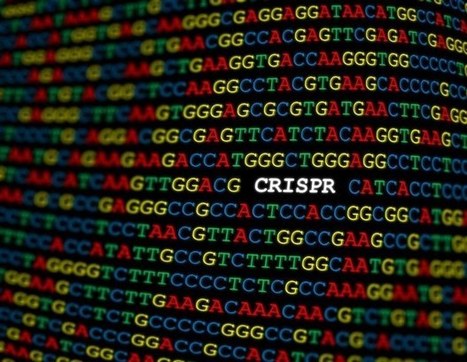


 Your new post is loading...
Your new post is loading...
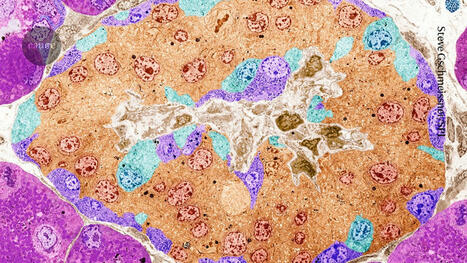
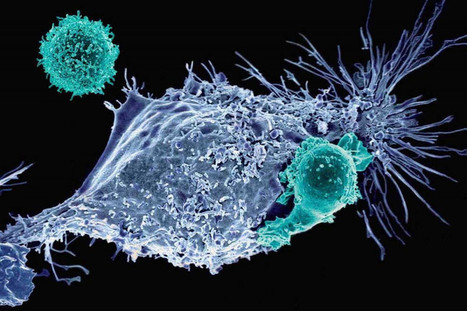






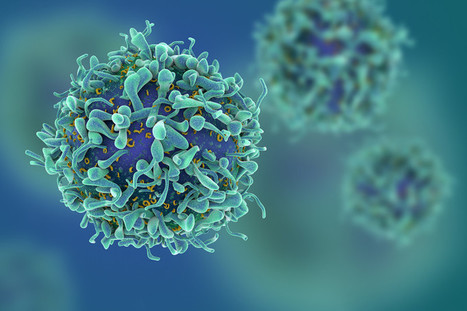
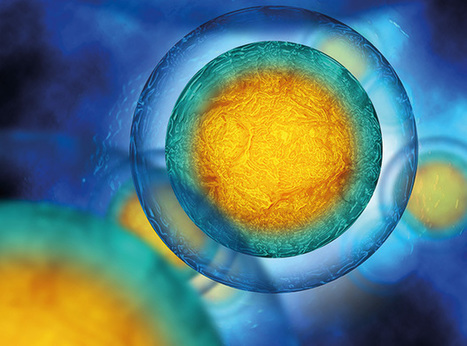
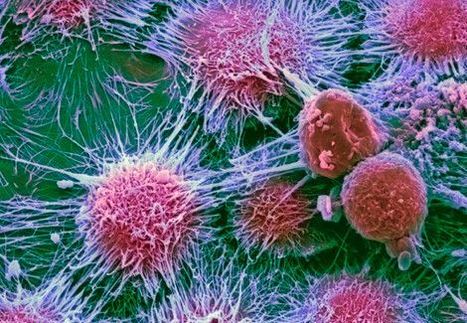
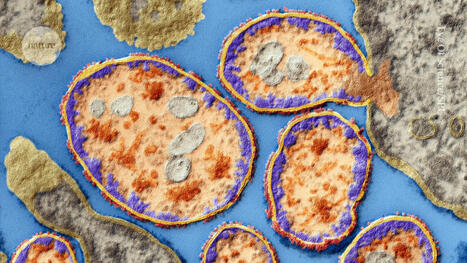
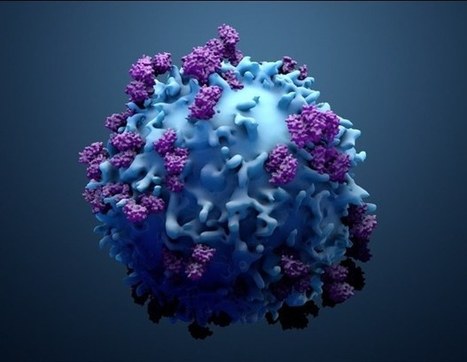

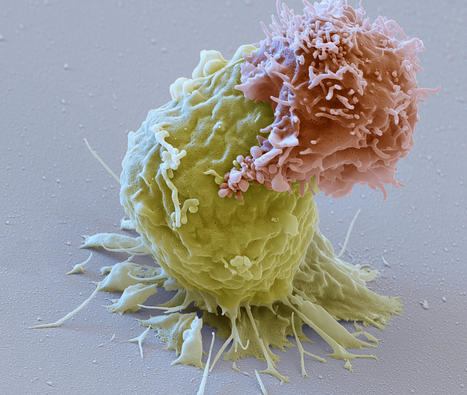
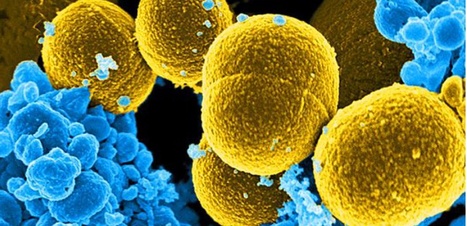

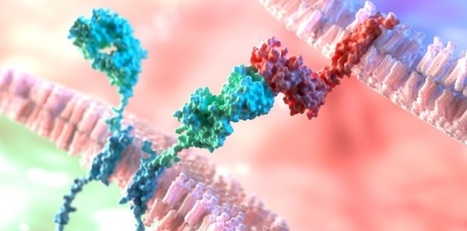
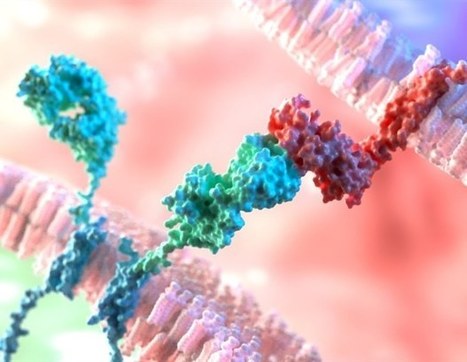

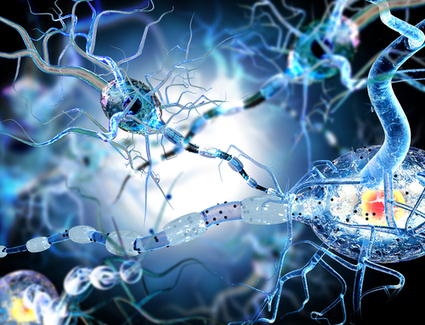





Jonathan Weissman, a member of the Whitehead Institute, and his colleagues have produced the first comprehensive functional map of genes expressed in human cells. The data from this project, published online on 9 June in Cell, associates each gene with its work in the cell. For this project, the researchers used the Perturb-seq method, which uses CRISPR/Cas9 genome editing to introduce genetic modifications into cells, and then uses single-cell RNA sequencing to capture information about the expressed RNAs resulting from a given genetic modification. Since RNAs control all aspects of cell behavior, this method can help decipher the many cellular effects of genetic modifications. Using human blood cancer cell lines as well as non-cancerous retina-derived cells, the researchers performed a Perturb-seq on over 2.5 million cells and used the data to create a comprehensive map linking genotypes to phenotypes. Once completed, the researchers decided to use their new dataset and examine some biological questions. In the future, the researchers hope to use Perturb-seq on different cell types in addition to the cancer cell line they started with. They also hope to continue exploring their map of gene functions and hope that others will do the same.